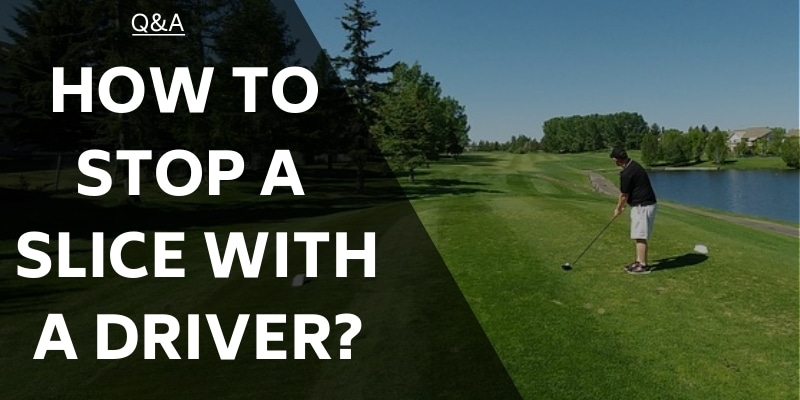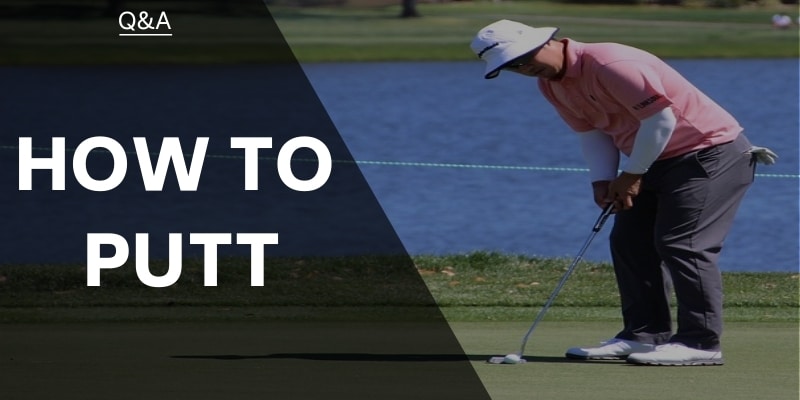Contrary to many golf beginners’ beliefs, the power in any swing is generated through the hips, and not through the power of the shoulders and arms. Power in the swing starts from the ground upwards and in that sequence, which we will discuss in this article. In any swing analysis, the term “sequence” will come up and without the correct sequence, the golf swing will never be consistent.
The Mirror and Practice
Practicing the swing in front of a mirror or large glass pane is the easiest and simplest method of watching the swing movement. Setup in a golf stance without a club, and swing an imaginary club to the top of the swing. Now let the arms fall into place in front of the right hip while rotating the left hip away towards the intended target.
Try to turn the hips to a position where they are square to the ball, as at setup, before your left arm reaches a position parallel to the ground on the downswing. It requires a weight shift from the loaded right side, onto the left foot to start the correct downswing, while the hips start to open towards the target.
How much Should the Hips turn on the Backswing?
In a perfect swing, the hips should rotate from the setup position, 45-degrees away from the ball on the backswing. The shoulders ideally turn at 90-degrees to the top of the swing. Now, this is not possible for all golfers due to age, suppleness, or injury.
But understanding that this is the power generator for hitting the ball far and straight should motivate any golfer to attempt to get the hip turn into a good position. Understand, I said turn NOT slide the hips!
Sliding the Hips
The most common fault in the swing is to slide the hips away from the ball on the backswing, rather than rotate or turn them. This is a Swing Killer! Sliding them robs the swing of all the power generation, and to hit the ball squarely or solidly from this position, requires exactly the same amount of forward slide to get back to the ball.
Why complicate this game even more than it is? Practice the turning of the hips and turn them to a position, without swaying off the ball.
Swaying off the Ball
Another common error is to sway away from the ball initially on the backswing, before rotating the hips. Another swing killer for the same reasons as above! Some top players do move off the ball slightly on the backswing, but the many hours spent practicing, allow them to get away with it on the course.
Staying in the Barrel
I have used this analogy of the “barrel” before and it was a tip from Sam Snead, one of the best strikers of a golf ball in his day. Set up to the ball and imagine your friend places a large barrel over your body. The thought process and drill are to turn the lower body within this barrel.
No sliding or swaying away from the ball on the backswing, and the weight shift or transfer to the front foot, while turning the hips towards the target on the downswing, will be perfectly executed.
Completing the Hip Turn after Contact
To generate power and control through the ball at impact requires the continuous turning of the hips all the way through to the finish of the swing. This may sound a “no brainer”, but many golfers do not complete the follow-through, and tend to hit at the ball rather than through the ball.
A quick thought and tip: Think of accelerating the club head after impact with the ball and this will produce a more consistent strike on any shot. Another thought: Imagine the ball to be 6-inches further forward than it actually is, and this will force you to hit through it.
Hips Facing the Target
The swing is completed when the hips and shoulders end up facing the intended target. After impact, the hips continue to rotate until the “belt buckle” faces the target. Without the completion of the hip turn, the swing will lose its rhythm and balance will be affected. Another swing killer!
Without this full rotation of the hips toward the target, will also put unnecessary pressure on the lower back.
Balance and the Hips
Throw a ball or a stone at a target and feel the natural movement and rotation of the hips and shoulders to a balanced position after the throw. This is the ideal position you want to be in after striking a golf ball. It is a natural movement, but somehow when we have a golf club in our hands, we fail to do it! By the way, this is a great drill for practicing the proper sequence and rotation during the golf swing.
Shoulders and Hips
Earlier I mentioned the hip turn at 45-degrees and the shoulders at 90-degrees. Even without this full turn, the feeling of “coiling” the muscles like a spring will deliver power in the swing. It is like winding up a spring. The shoulders turn more than the hips, and the hips create resistance for the shoulders to turn against. Released in the correct sequence will see the ball fly far and straight.
Swing Sequence
Without the proper golf swing sequence, all the above will be lost and frustration will set in. Think of driving a car. First the key and turning the ignition on, then engaging the clutch and selecting a gear, to get the car moving forward. Understand what I mean about sequence?
Getting the golf swing sequence correct is not that difficult and is a basic fundamental that will have you improving and enjoying your round more and more! It takes practice and the mirror can again be used.
A Quick Simple Check:
- Set up to the ball with hips, shoulders, and feet all aligned square to the target.
- Start the backswing with the arms, hips, and shoulders turning into the backswing.
- When at the top of the swing, begin the downswing with a transfer of the weight from the right foot, to the left foot.
- Start rotating the left hip towards the target with the arms dropping into a good position.
- Continue to rotate the hips towards the target which clears the way for the arms to swing through unimpeded.
- Complete the follow-through with the belt buckle and shoulders facing the target.
- Stay in a balanced position and admire the shot.
Final Thoughts
The hips are the power generators in a golf swing, and rotating them into the correct positions on the back and downswing will see you hitting the golf ball vast distances, without the overpowering shoulder movement. It requires practice and start by hitting half-shots or a pitching wedge with the emphasis on hip turn and sequence.
This develops muscle memory, and then move onto three-quarter and then full shots. The results will be amazing and will encourage you to want to practice more and more, before moving on to the course. Watch Freddie Couples swing, to be further inspired!
Related Articles
- Weight Shift In Golf Swing; Tips For You
- Tempo In Golf Swing; Explained For You
- Stack and Tilt Golf Swing; Tips And Guides
Nick is the founder of GolfSpan and an avid golfer. He's not quite a pro but has over 15 years of experience playing and coaching golfers worldwide. His mission is to bring the golfing community a better experience when it comes to choosing the right golf gear and finding the right setup for your game.






